Minimize scarring through new patient booklet.
A new patient resource has launched in the UK offering primary care healthcare professionals (HCPs) the opportunity to help patients self-care for their wounds and minimise scarring.
The new patient booklet resource, ‘Supporting you to care for wounds and to minimise scarring’, created with help from expert Dermatologist, Justine Hextall, and supported by Bio-Oil, has been developed following research demonstrating the the frequency that HCP’s are required to provide support to patients in primary care, with one in five (20%) being asked for advice on a weekly basis. (more…)
Read More
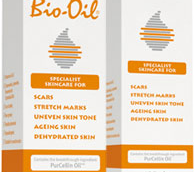
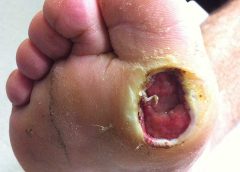


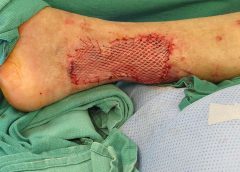
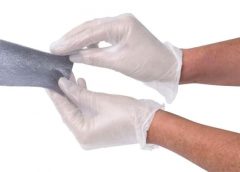




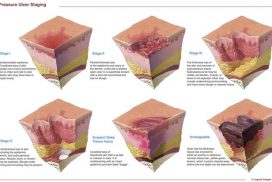
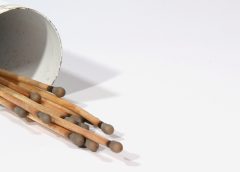
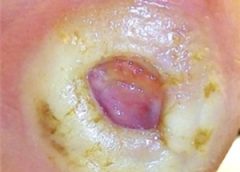
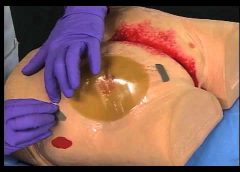

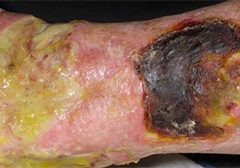
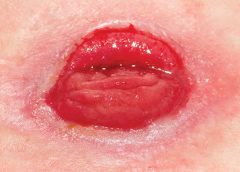
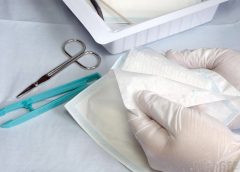
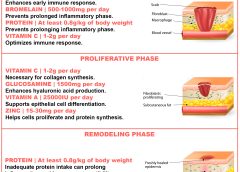
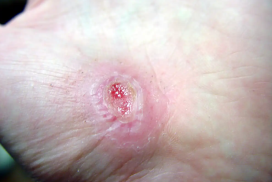
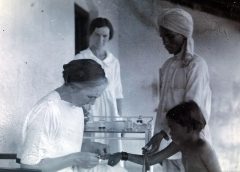
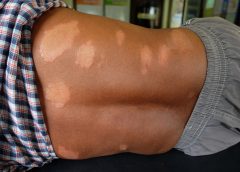
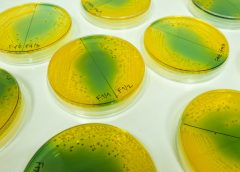
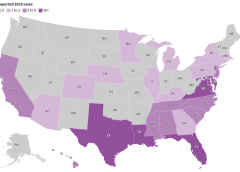
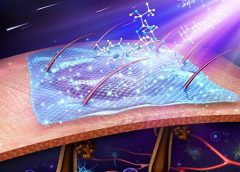

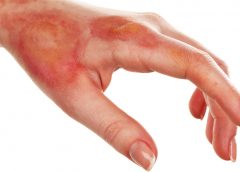
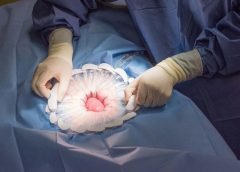
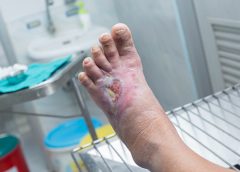
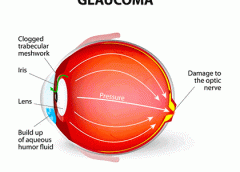
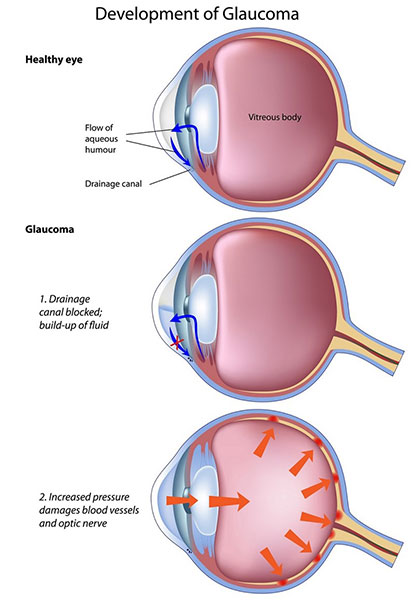 Ophthalmology is a great specialty partly because procedures, devices and drugs constantly evolve, keeping us learning and giving our patients better care. Ask your colleagues in other specialties, and you’ll find that the pace of change in most other medical fields is not nearly as rapid as in ours.
Ophthalmology is a great specialty partly because procedures, devices and drugs constantly evolve, keeping us learning and giving our patients better care. Ask your colleagues in other specialties, and you’ll find that the pace of change in most other medical fields is not nearly as rapid as in ours.